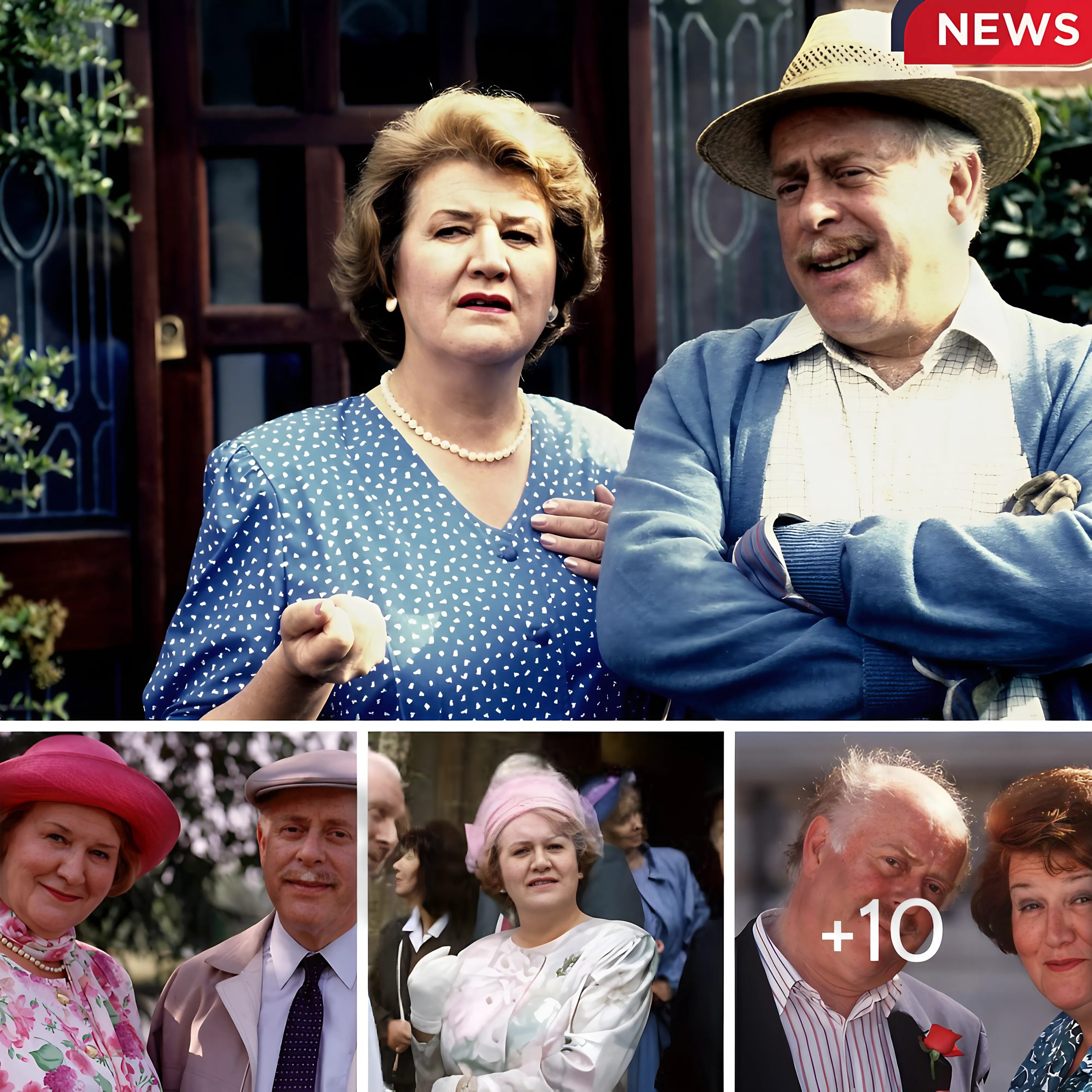Spoiler Alert: “Young Hyacinth” Unveils the Roots of the Iconic Character
“Young Hyacinth,” the prequel to the beloved British sitcom Keeping Up Appearances, offers a fascinating dive into the early life of Hyacinth Bucket, the socially ambitious character who became a household name. Rather than revisiting the comedic antics of the adult Hyacinth, the new series takes us back to her teenage years, during the 1940s and 1950s, providing a deeper look at the experiences that shaped her into the sophisticated woman we all know and love.
The series reveals how Hyacinth’s obsession with social status began in her youth, as she wrestles with the awkwardness and aspirations that would ultimately drive her to redefine her place in society. Set in a working-class family, Young Hyacinth explores how the teenage Hyacinth yearns to climb the social ladder, striving for refinement in a world that seems determined to keep her at the bottom. The young Hyacinth’s relentless pursuit of perfection becomes both a source of humor and a subtle exploration of the class struggles of the time.

We see Hyacinth’s interactions with her family—particularly her embarrassing relatives—who unintentionally complicate her quest for sophistication. These early moments serve as a backdrop to the character’s complicated relationship with her working-class roots, showing how her desire to escape her origins took root during her youth. The series humorously depicts her desperate efforts to impress her peers, classmates, and neighbors with her perceived social standing, only to have her ambitions repeatedly fall short in awkward, often laughable ways.
Despite her social missteps, Young Hyacinth also delves into the vulnerabilities that make her relatable. The teenage Hyacinth is portrayed as both ambitious and socially insecure, a stark contrast to the more polished, adult version. These contradictions highlight her struggles to reconcile her aspirations with the reality of her situation, and the humor largely stems from the clumsy, sometimes painful ways she tries to navigate her world.
A significant storyline revolves around Hyacinth’s relationships, particularly with her family. We learn about her complex dynamics with her parents and siblings, and how their behavior and attitudes toward social class influenced her views and actions. Her interactions with them provide key insights into her character’s evolution, explaining the deep-rooted need to distance herself from the less-refined world she was born into.
Romantic entanglements also play a role, offering a glimpse into Hyacinth’s evolving relationships with others. Her awkward first crushes and attempts at romance serve as both comedic relief and poignant moments of self-discovery. These early relationships help to paint a fuller picture of Hyacinth’s emotional landscape, giving viewers a better understanding of the person she would eventually become.
Young Hyacinth also offers a unique perspective on the cultural and social changes of Britain during this era. The post-war years were marked by shifts in class dynamics and social expectations, and the series uses these historical elements as a backdrop to Hyacinth’s personal journey. It cleverly weaves together humor with social commentary, shining a light on the pressures of social aspiration and the deep yearning to belong to a world of wealth and prestige.
In the end, Young Hyacinth provides a fresh perspective on the iconic character, exploring the formative experiences that set her on the path to becoming the socially obsessed figure fans loved in Keeping Up Appearances. It promises to strike a balance between comedy and emotional depth, offering both a nostalgic trip for longtime fans and an entertaining introduction to Hyacinth’s world for new viewers.





